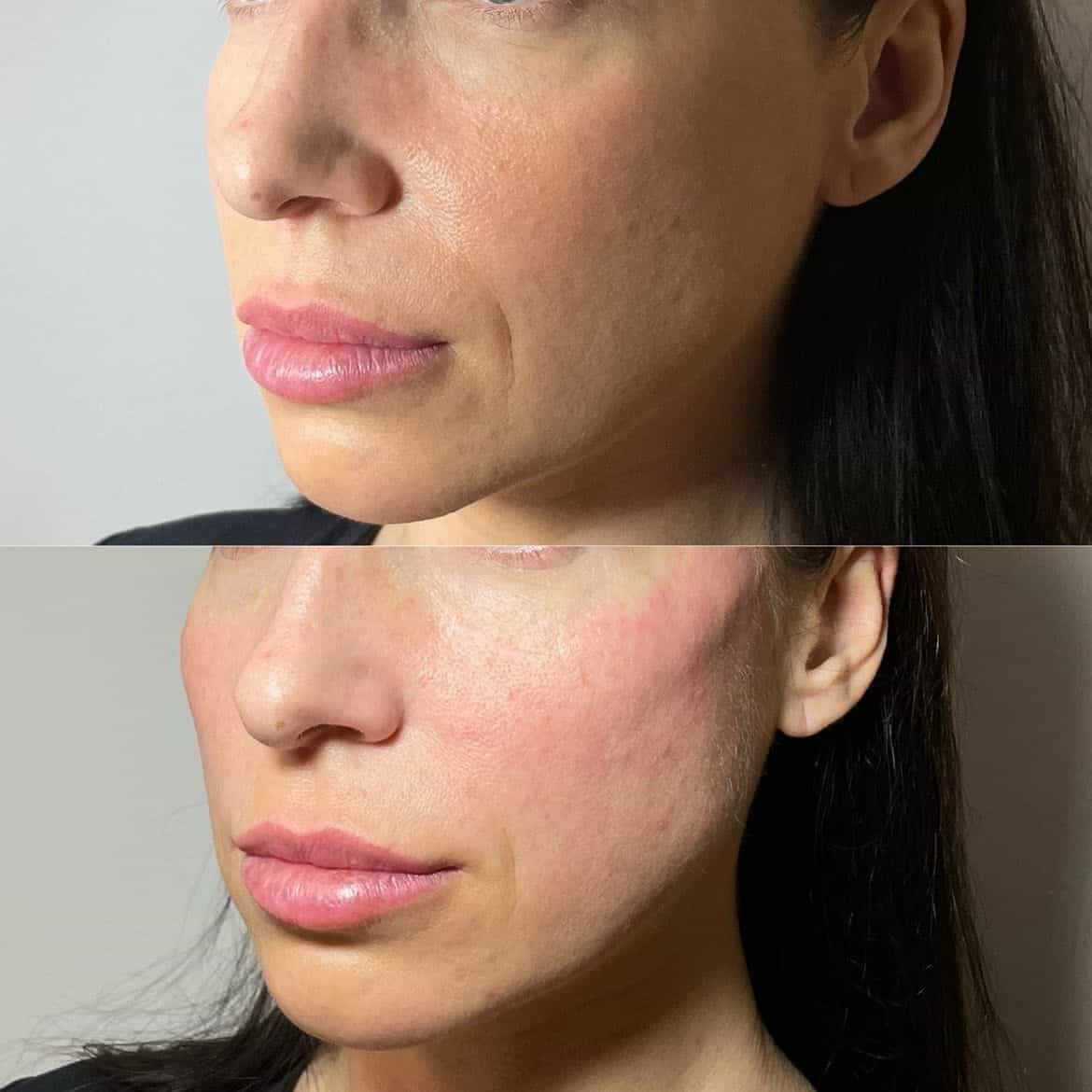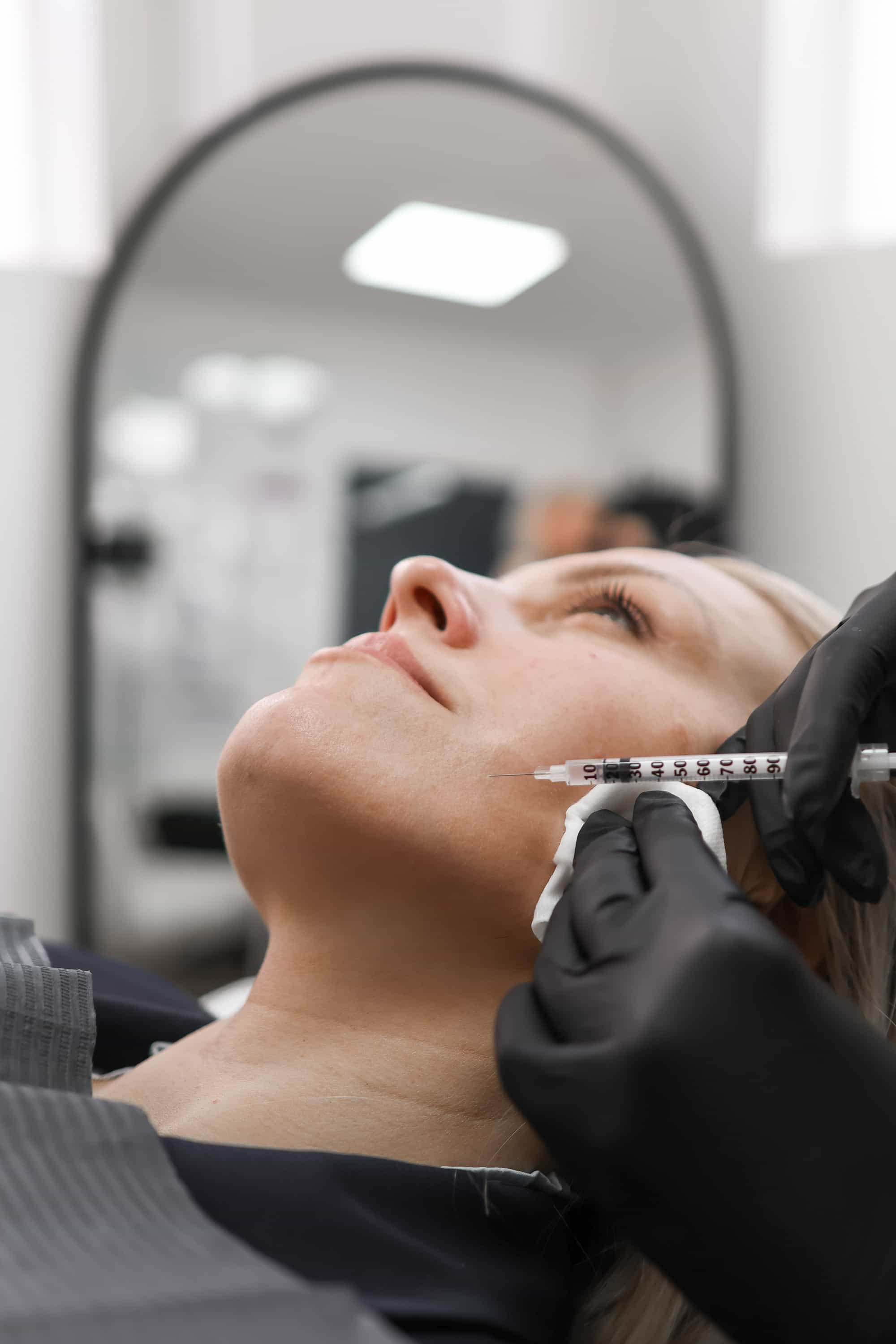Understanding Down Turned Smiles
A downturned smile can impact confidence and self-esteem, making it a common concern for individuals seeking ways to enhance their facial appearance. While a natural variation in facial structure can contribute to a downward turn of the corners of the mouth, certain medical conditions or muscle imbalances may also play a role. Fortunately, advancements in cosmetic treatments offer potential solutions for those looking to achieve a more balanced and cheerful smile.
Causes of a Downturned Smile
A downturned smile, often characterized by the corners of the mouth pointing downwards rather than curving upwards, can affect an individual’s self-perception and confidence. This facial asymmetry can stem from various factors, including genetics, where bone structure or muscle arrangement naturally predisposes to a downward curve. Underlying medical conditions like depression or anxiety can also manifest physically through a downturned smile. Additionally, certain muscle imbalances, particularly in the muscles responsible for smiling, can contribute to this appearance.
Understanding the root cause of a downturned smile is crucial in determining the most effective treatment option.
Types of Facial Expressions Affected
While Botox injections are often touted as a solution for a downturned smile, it’s important to understand how this facial expression is formed and which muscles are involved. A downturned smile primarily results from the downward pull of certain facial muscles, particularly the depressor anguli oris (DAO) muscles located at the corners of the mouth. These muscles are responsible for pulling the mouth downwards, creating the characteristic frown-like appearance.
Beyond the DAO muscles, a downturned smile can also be influenced by other facial muscles such as the levator labii superioris, which is responsible for lifting the upper lip, and the zygomaticus major, which is responsible for pulling the corners of the mouth upwards in a genuine smile. Imbalances or weaknesses in these muscles can contribute to the overall appearance of a downturned smile.
Botox Treatment for Downturned Smiles
A downturned smile, where the corners of the mouth point downwards instead of curving upwards, can affect self-esteem and confidence. This facial asymmetry can arise from various factors, including genetics, medical conditions like depression or anxiety, and muscle imbalances.
How Botox Works to Correct the Issue
Botox injections work by temporarily paralyzing specific muscles involved in frowning or creating a downturned expression. In the context of a downturned smile, Botox targets the depressor anguli oris (DAO) muscles located at the corners of the mouth. These muscles are primarily responsible for pulling the corners of the mouth downwards.
- By injecting botulinum toxin into these muscles, Botox blocks nerve signals that stimulate muscle contractions.
- As a result, the DAO muscles become temporarily weakened and unable to pull the corners of the mouth downwards.
- This allows the other facial muscles responsible for smiling to take over, leading to a more lifted and upward-curving smile.

The effects of Botox typically last for 3 to 6 months, gradually wearing off as the muscle regains its normal function. Multiple treatment sessions may be required to achieve and maintain the desired results.
Areas of Injection
Botox injections can be used to address a downturned smile by targeting the specific muscles responsible for this facial expression.
The primary target muscles are the depressor anguli oris (DAO) muscles, located at the corners of the mouth. These muscles pull the corners of the mouth downwards, contributing to the appearance of a downturned smile.
Expected Results and Duration
Botox injections can be a minimally invasive treatment option for individuals seeking to elevate the corners of their mouths and achieve a more balanced smile. During a Botox treatment, small amounts of botulinum toxin are injected into specific muscles responsible for pulling the mouth downwards.
The most commonly targeted muscles in this procedure are the depressor anguli oris (DAO) muscles, located at the corners of the mouth.
By temporarily paralyzing these muscles, Botox prevents them from contracting and pulling the corners of the mouth downwards.
This allows the other facial muscles responsible for smiling to function more effectively, resulting in a lifted and more symmetrical smile.
The results of Botox treatment for a downturned smile are typically noticeable within a few days and reach their peak effectiveness after about two weeks.
The duration of these effects usually lasts between 3 and 6 months, gradually fading as the muscles regain their function.

To maintain the lifted smile appearance, repeat treatments may be required every few months.
Considerations Before Treatment
Considering treatment options for a downturned smile involves carefully evaluating the underlying cause. Is it purely aesthetic, or are there medical factors contributing to the downward turn of the corners of the mouth? Understanding this distinction is crucial in determining the most suitable approach.
Consultation with a Qualified Practitioner
Before undergoing any treatment for a downturned smile, it’s essential to consult with a qualified practitioner, such as a dermatologist, plastic surgeon, or cosmetic injector. They can thoroughly assess your individual situation, considering factors like the underlying cause of your downturned smile (e.g., muscle imbalances, medical conditions), your overall facial structure, and your desired aesthetic outcome.
A comprehensive consultation will involve a discussion of your medical history, any medications you’re taking, and your expectations for treatment. The practitioner will also examine your facial muscles and assess the specific muscles involved in creating your downturned smile. This evaluation helps them determine the most appropriate treatment approach, which may include Botox injections, other injectables, or alternative therapies like massage or facial exercises.
Assessing Individual Needs
When considering treatment for a downturned smile, it’s crucial to first understand the underlying cause. Is the downturn solely due to facial structure or are there contributing factors like muscle imbalances or medical conditions? A thorough assessment by a qualified professional is essential to determine the most effective course of action.
During this consultation, be prepared to discuss your medical history, any medications you’re taking, and your desired outcomes. The practitioner will examine your facial muscles to pinpoint the specific muscles contributing to the downturned appearance and assess their function.
Based on this evaluation, they can recommend the most suitable treatment, which may involve Botox injections, other injectables, or alternative therapies like facial exercises or massage.
Potential Risks and Side Effects
Before opting for any treatment, it is crucial to have a thorough consultation with a qualified medical professional such as a dermatologist, plastic surgeon, or cosmetic injector.
During this consultation, discuss your medical history, any medications you are taking, and clearly articulate your desired outcomes. The practitioner will examine your facial muscles to pinpoint the specific muscles contributing to the downturned appearance and assess their function.

Based on this evaluation, they can recommend the most suitable treatment option, which may involve Botox injections, other injectables, or alternative therapies like facial exercises or massage.
Potential risks and side effects associated with Botox treatment for a downturned smile are generally mild and temporary.
Common side effects include bruising, redness, swelling, and pain at the injection site. These typically subside within a few days.
In rare cases, more serious side effects like drooping eyelids, muscle weakness, or allergic reactions can occur. It is essential to inform your practitioner about any pre-existing medical conditions or allergies before treatment to minimize potential risks.
Alternatives to Botox
While Botox injections are a popular option for addressing a downturned smile, exploring alternative treatments might be beneficial for some individuals. These alternatives may include facial exercises, massage therapy, and fillers, each offering unique advantages and considerations.
Dermal Fillers
Facial exercises can help strengthen the muscles involved in smiling, potentially leading to a more balanced appearance over time. Targeted exercises that focus on the zygomaticus major and levator labii superioris muscles can assist in lifting the corners of the mouth and promoting a more cheerful expression.
Massage therapy can also be beneficial in improving facial circulation and muscle tone. Techniques focused on the cheeks, jawline, and around the mouth can help release tension and encourage a more relaxed appearance. Regular massage sessions may contribute to a subtle improvement in facial symmetry and a less downturned smile.
Dermal fillers are another alternative to Botox for addressing a downturned smile. These injectables are designed to add volume to specific areas of the face, effectively plumping up the cheeks or lifting the corners of the mouth. Dermal fillers can provide immediate results and last for several months to a year depending on the type used.
Muscle Strengthening Exercises
A downturned smile, where the corners of the mouth point downwards instead of curving upwards, can affect self-esteem and confidence. This facial asymmetry can arise from various factors, including genetics, medical conditions like depression or anxiety, and muscle imbalances.
- Facial Exercises: Targeted exercises can strengthen the muscles responsible for smiling. Focus on the zygomaticus major (lifts the corners of the mouth) and levator labii superioris (lifts the upper lip). Regular practice can potentially improve muscle tone and contribute to a more balanced smile.
- Massage Therapy: Facial massage can enhance circulation and release tension in facial muscles. Techniques focusing on the cheeks, jawline, and around the mouth can help relax the area and subtly improve symmetry.
These alternatives offer potential benefits without resorting to injections. It’s important to consult with a qualified professional to determine the most suitable approach for your individual needs.
Book your next smile treatment at It’s Me & You Clinic today.
- Why CBD Gummies Are A Great Choice For Pain-Free Living - November 9, 2025
- What Is The Best Filler For Over 65? - November 7, 2025
- What Are The Benefits Of CBD Gummies For Skin Health? - November 6, 2025
